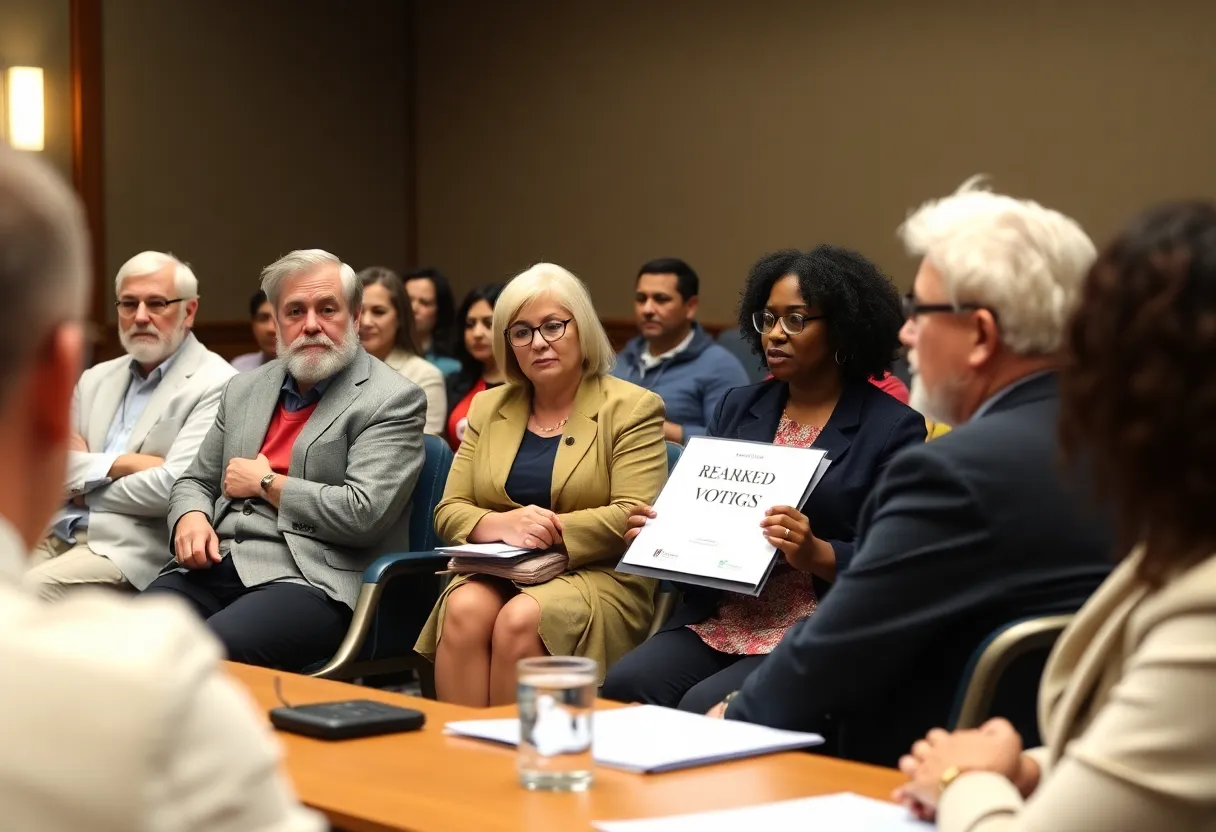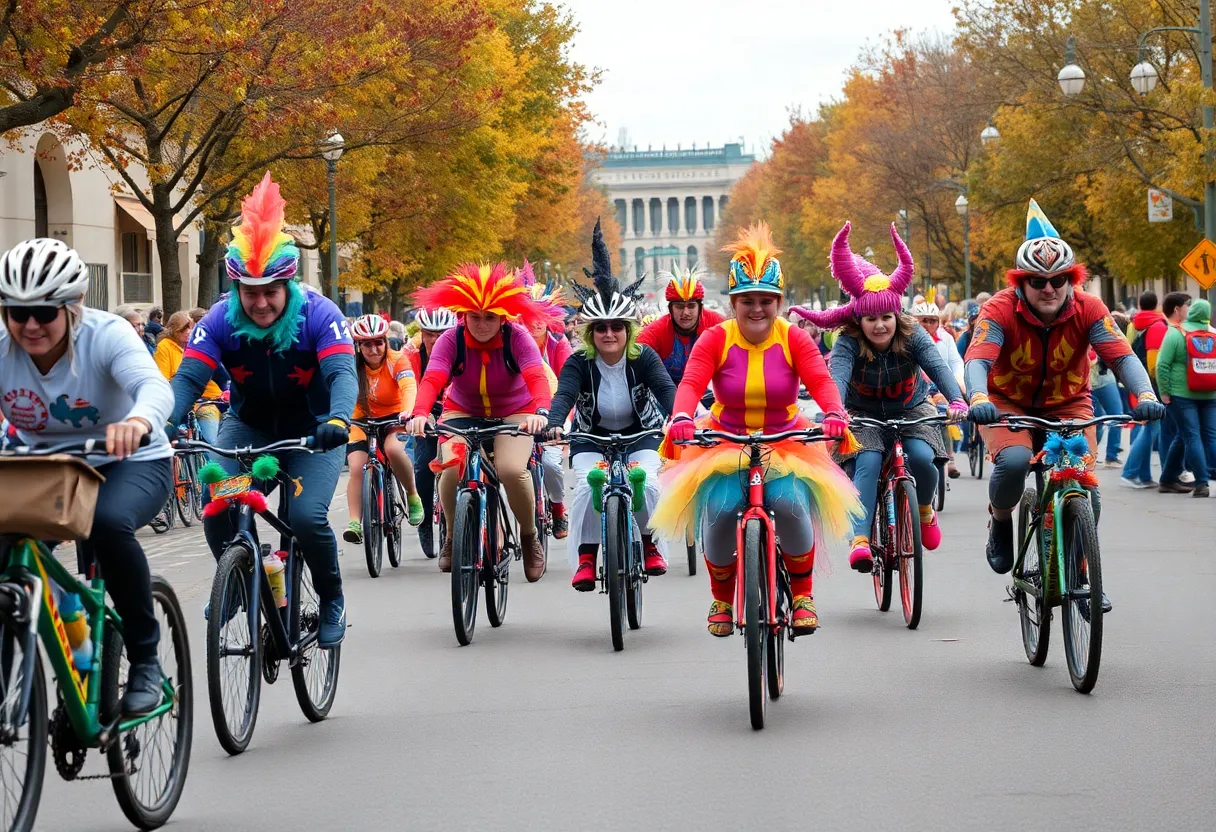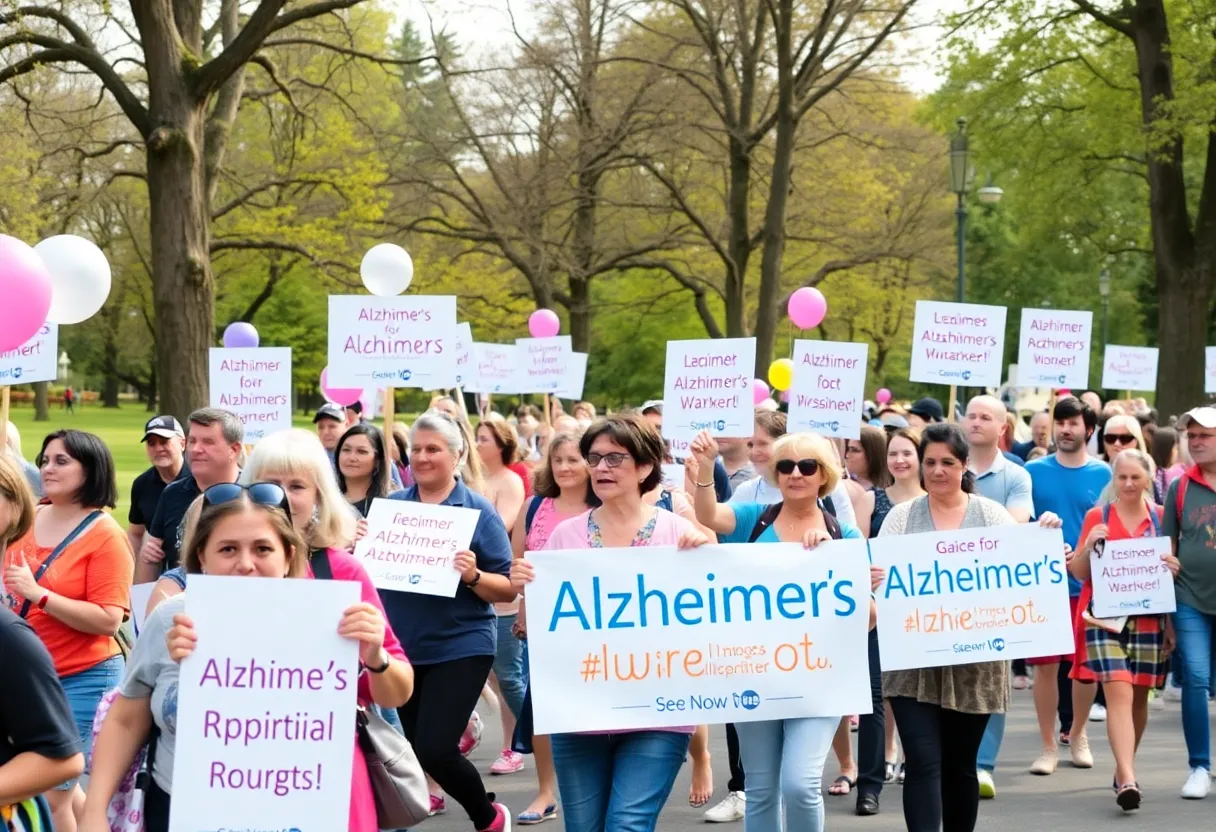Albuquerque NM, October 21, 2025
Advocates for ranked-choice voting addressed the Albuquerque City Council, urging adoption of this electoral reform in future municipal elections. They highlighted benefits such as increased voter options and reduced negative campaigning. Some council members showed support, but no immediate decision was reached. The proposal is part of broader discussions on enhancing local democracy, with public input sessions planned ahead of a potential 2026 ballot measure.
Albuquerque Ranked-Choice Voting Advocates Urge City Council for Electoral Reform
Albuquerque, NM – Advocates for ranked-choice voting made a compelling presentation to the Albuquerque City Council last night, pushing for its adoption in future municipal elections. They argued that this alternative voting system would give voters more options and lessen negative campaigning, potentially leading to higher participation rates. While several council members showed support, no immediate decision was made on the proposal.
The meeting highlighted growing interest in electoral reforms across the city. Proponents pointed to successful examples in other urban areas where ranked-choice voting has been implemented, noting benefits like reduced polarization and more representative outcomes. They emphasized how the system allows voters to rank candidates in order of preference, ensuring that winners have broader support. This approach, they claimed, could address common complaints about limited choices in traditional elections.
Opposition emerged during the discussion, with concerns focused on the system’s complexity and the financial burden it might impose. Critics suggested that explaining ranked-choice voting to the public could confuse voters, especially those unfamiliar with it. Additionally, the costs of updating voting machines, training poll workers, and running educational campaigns were raised as potential drawbacks. These points sparked debate among attendees, underscoring the need for careful evaluation.
Background on Ranked-Choice Voting
Ranked-choice voting, also known as instant-runoff voting, differs from the standard first-past-the-post method used in most U.S. elections. In this system, if no candidate receives a majority of first-choice votes, the candidate with the fewest votes is eliminated, and their votes are redistributed to the next preferred choice on each ballot. This process continues until one candidate achieves over 50% support. Advocates believe it encourages positive campaigning, as candidates seek to be voters’ second or third choices to stay in the running.
In Albuquerque, this push comes amid broader discussions on improving local democracy. New Mexico’s largest city has seen fluctuating voter turnout in recent elections, with some residents expressing frustration over divisive races. The proposal aligns with national trends where cities like San Francisco, Minneapolis, and New York have adopted similar systems. Studies from these locations suggest turnout increases and fewer votes are wasted, though implementation challenges persist.
Next Steps for Implementation
The City Council plans to hold public input sessions in the coming months to gather more feedback from residents. These forums will allow community members to weigh in on the pros and cons, helping shape the council’s stance. If momentum builds, the issue could appear on the 2026 ballot as a voter referendum, giving Albuquerque residents the final say on whether to reform their electoral process.
This potential change represents a significant step for municipal governance in New Mexico. As the state’s most populous city, Albuquerque’s decisions often influence regional politics. Supporters hope that ranked-choice voting could foster more civil discourse and diverse representation on the council, which currently consists of nine members elected to staggered four-year terms.
Broader Implications for Local Elections
Adopting ranked-choice voting would require coordination with the county clerk’s office and possibly state legislation to align with New Mexico’s election laws. Currently, the state uses a plurality system for most local races, where the candidate with the most votes wins, even without a majority. Shifting to ranked-choice could modernize Albuquerque’s process, making it more akin to primary systems in other states.
While no timeline for a vote has been set, the council’s interest signals a willingness to explore innovations. Residents are encouraged to stay informed through city announcements and participate in upcoming sessions. This development keeps Albuquerque at the forefront of electoral experimentation in the Southwest.
The discussion reflects ongoing efforts to enhance democracy at the local level. As public input unfolds, it will be crucial to balance innovation with practicality, ensuring any changes serve the community’s needs.
FAQ
What is ranked-choice voting?
Ranked-choice voting allows voters to rank candidates in order of preference. If no candidate receives a majority of first-choice votes, the candidate with the fewest votes is eliminated, and their votes are redistributed to the next preferred choice on each ballot until one candidate achieves over 50% support.
What did advocates present to the Albuquerque City Council?
Advocates presented their case for adopting ranked-choice voting in future municipal elections, arguing it would enhance voter choice, reduce negativity, and potentially increase turnout. They highlighted successful implementations in other cities.
What was the outcome of the presentation?
Several councilors expressed interest, but no vote was taken on the proposal.
What concerns were raised by opponents?
Opponents worry about the complexity of the system and the costs associated with implementation, including updating voting machines and educational campaigns.
What are the next steps for ranked-choice voting in Albuquerque?
Public input sessions are planned in the coming months, potentially leading to a ballot measure in 2026 for this electoral reform in New Mexico’s largest city.
Key Features of Ranked-Choice Voting
| Feature | Description |
|---|---|
| Voter Ranking | Allows voters to rank candidates in order of preference |
| Majority Requirement | Ensures winner has over 50% support through vote redistribution |
| Reduced Negativity | Encourages positive campaigning to gain second or third choices |
| Increased Turnout | Potentially boosts participation by enhancing voter choice |
| Implementation Challenges | Involves costs for machines, training, and education |





